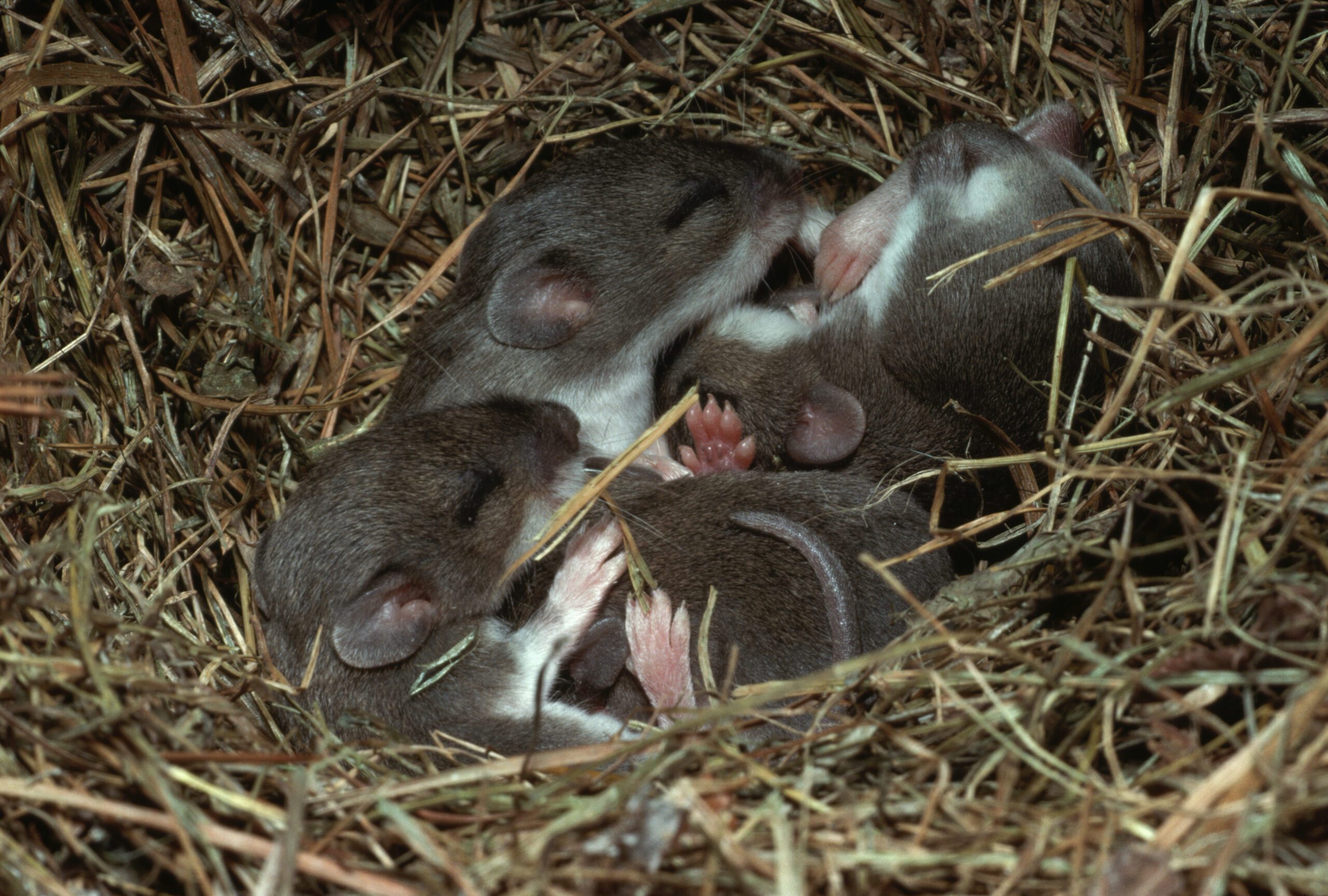Mice are known as one of the fastest-reproducing mammals on the planet. They breed so quickly that you might have a full-blown mouse infestation before you even realize you have mice in the house or can catch them.
Mice babies, known as pups, are born hairless, blind, and deaf. They are highly dependent on their mothers for the first few weeks but then mature quickly and can start having their own babies within a couple of months.
To help you understand the patterns of mice breeding, Precise Termite & Pest Control offers answers to common questions like “How many babies do mice have?” and “How fast do mice reproduce?”
How Fast Do Mice Reproduce?
Mice can start breeding as soon as six weeks of age and continue to have babies throughout their lives. Male mice become sexually mature at about eight weeks of age, and females can start reproducing at about six weeks old.
The gestation period of mice is just 19 to 21 days, which means that mice can be born at extremely rapid rates.
In favorable environments, such as the comfort and warmth of your home, mice can mate several times per day. This frequency makes it easy for mice to produce several litters per year.
How Often Do Mice Have Babies?
It is common for mice to give birth to litters every three to four weeks when they have favorable breeding conditions. After giving birth, a female mouse can mate again nearly right away and become pregnant shortly after delivering the previous litter
Therefore, it is possible for a female mouse to give birth up to about once a month during a 12-month period.
How Many Mice in a Litter?
A mouse litter typically consists of five to 10 pups. However, some litters only contain three pups. In some circumstances, a litter could have up to 14 pups.
A mouse’s age, health, and environmental conditions impact the litter size.
Preventing the Rapid Spread of Mice
Because of the rapid reproduction rates, it’s important to notice the signs of mice as early as possible before their population becomes out of control. You can prevent rapid mice infestations by sealing up common entry points around cables, door frames, windows, and holes in walls.






